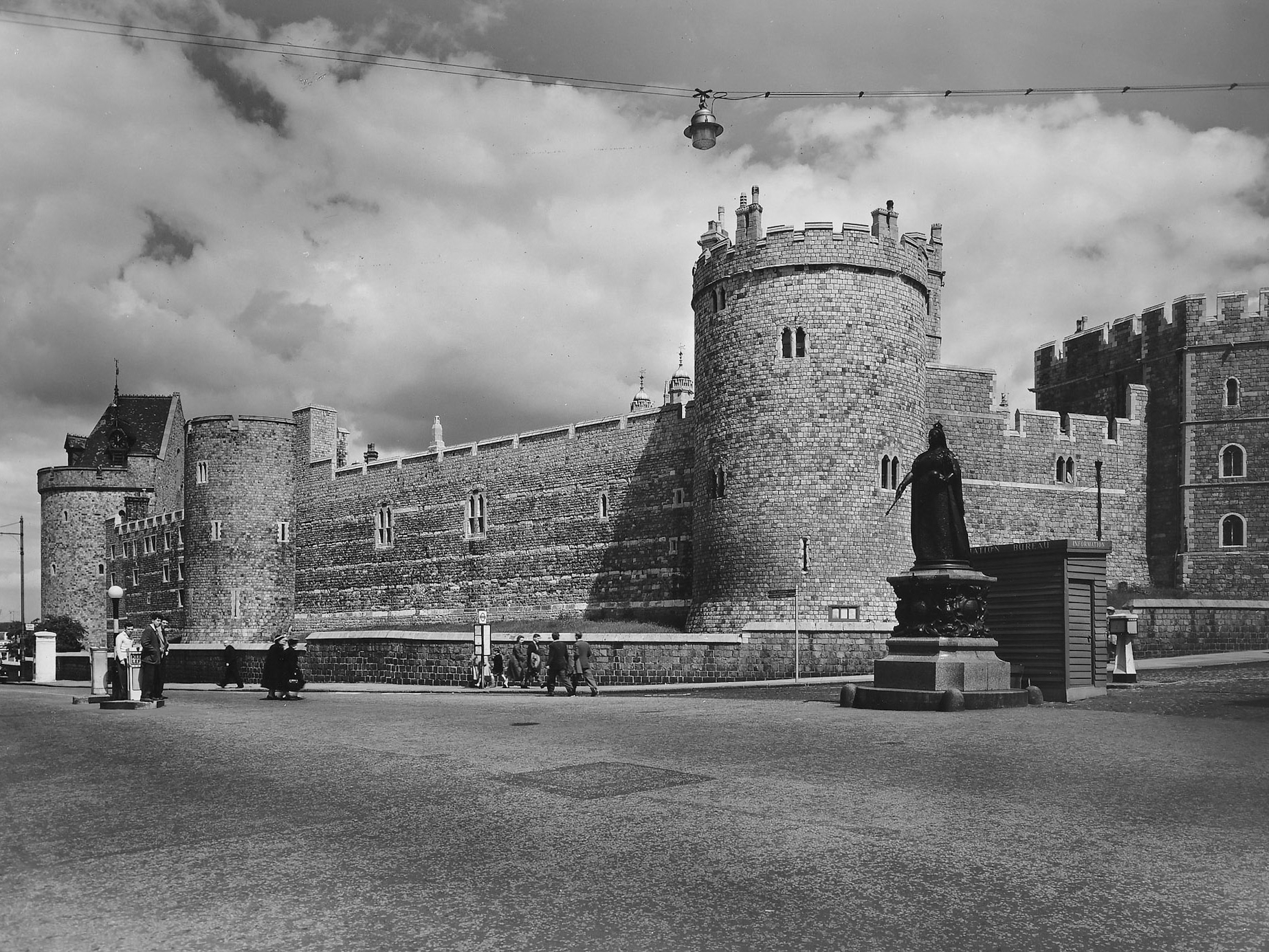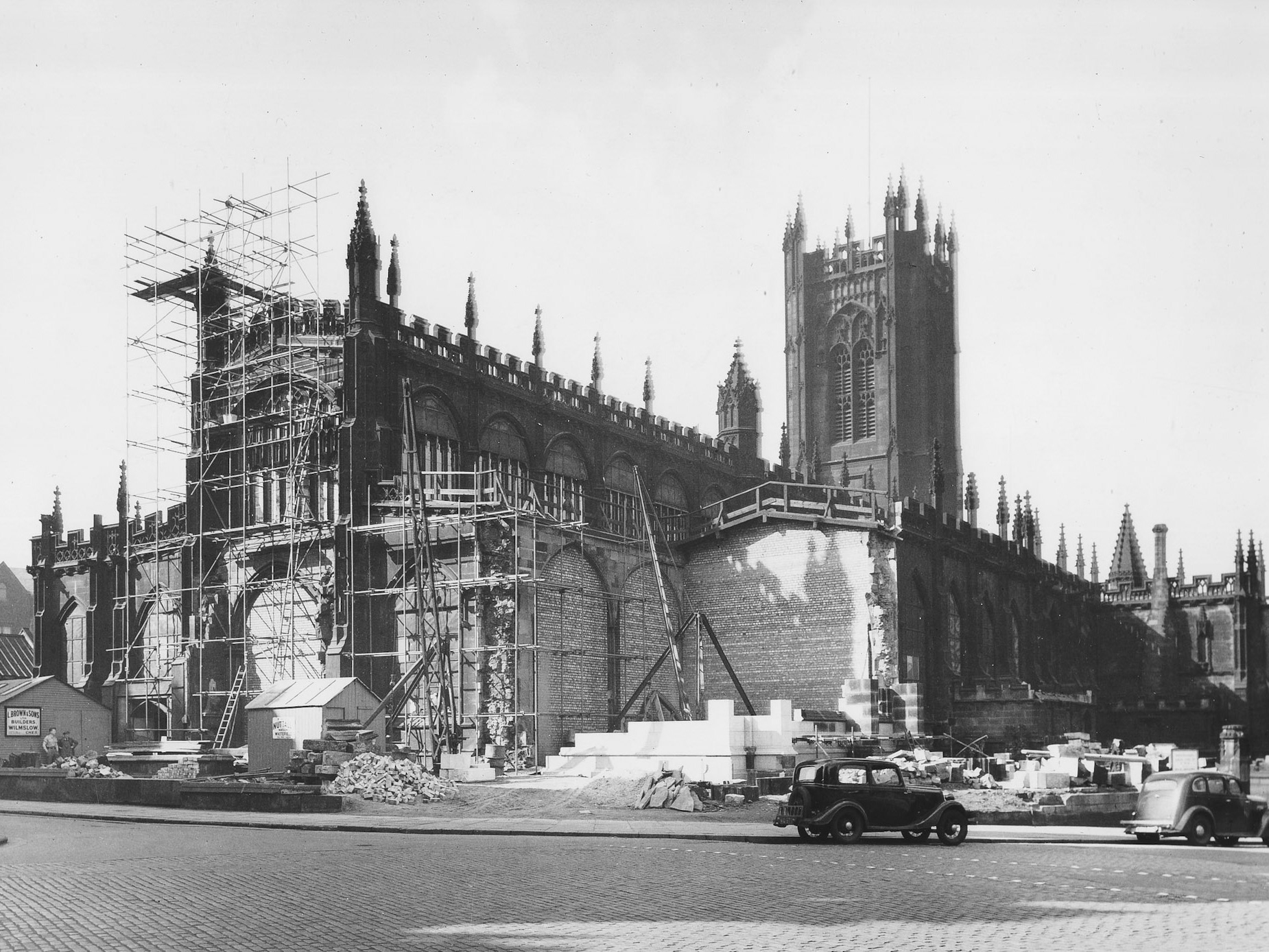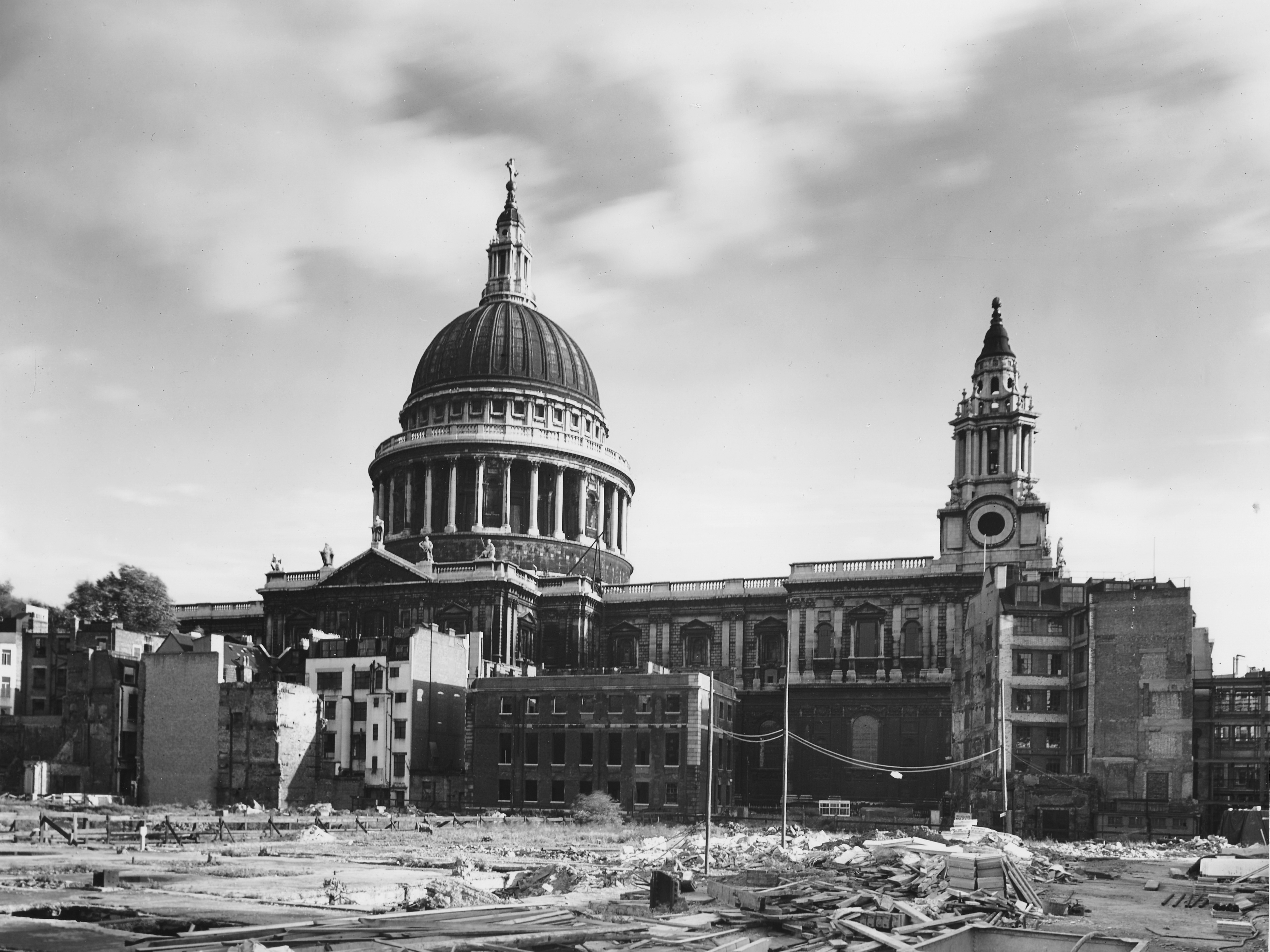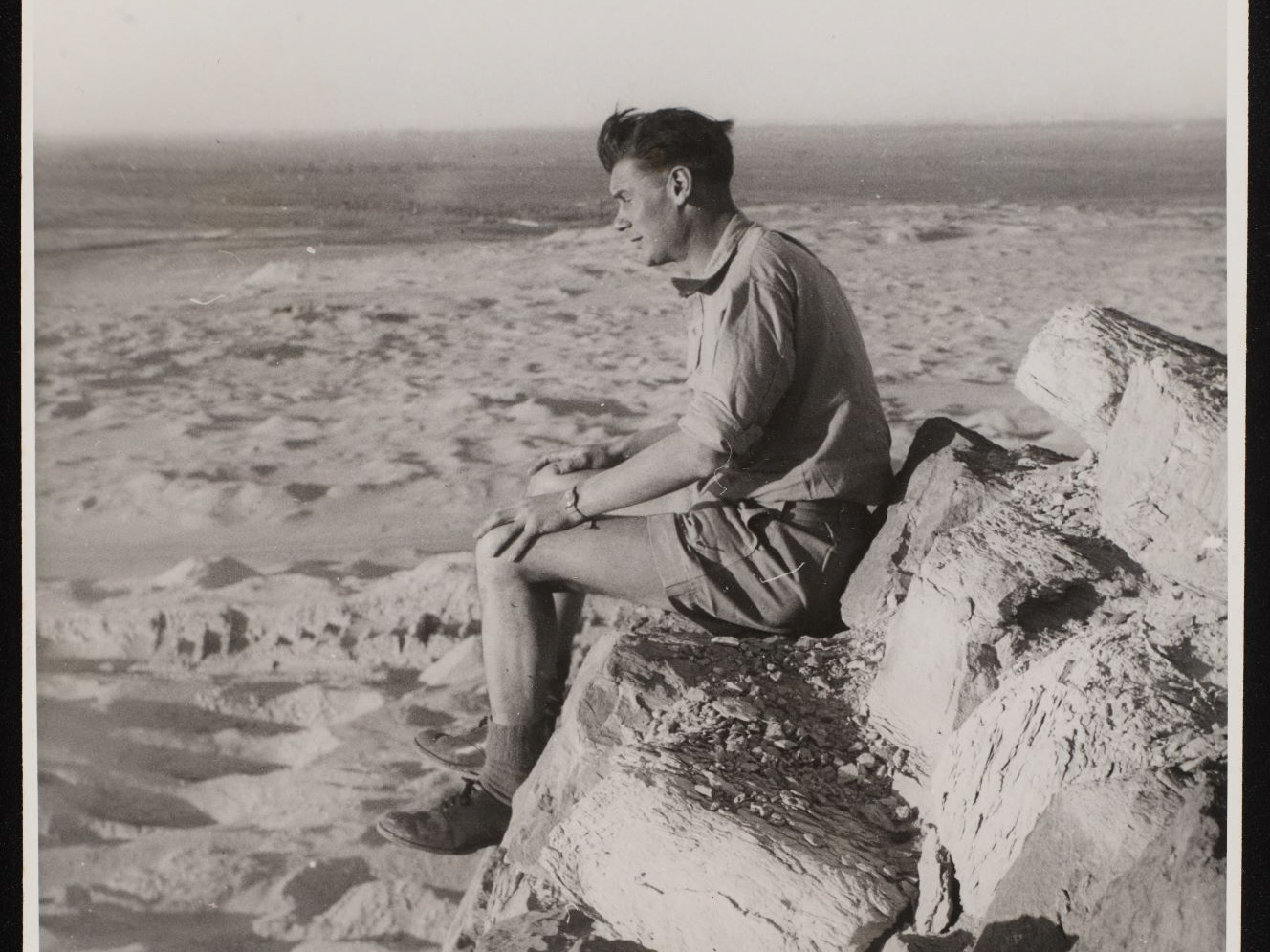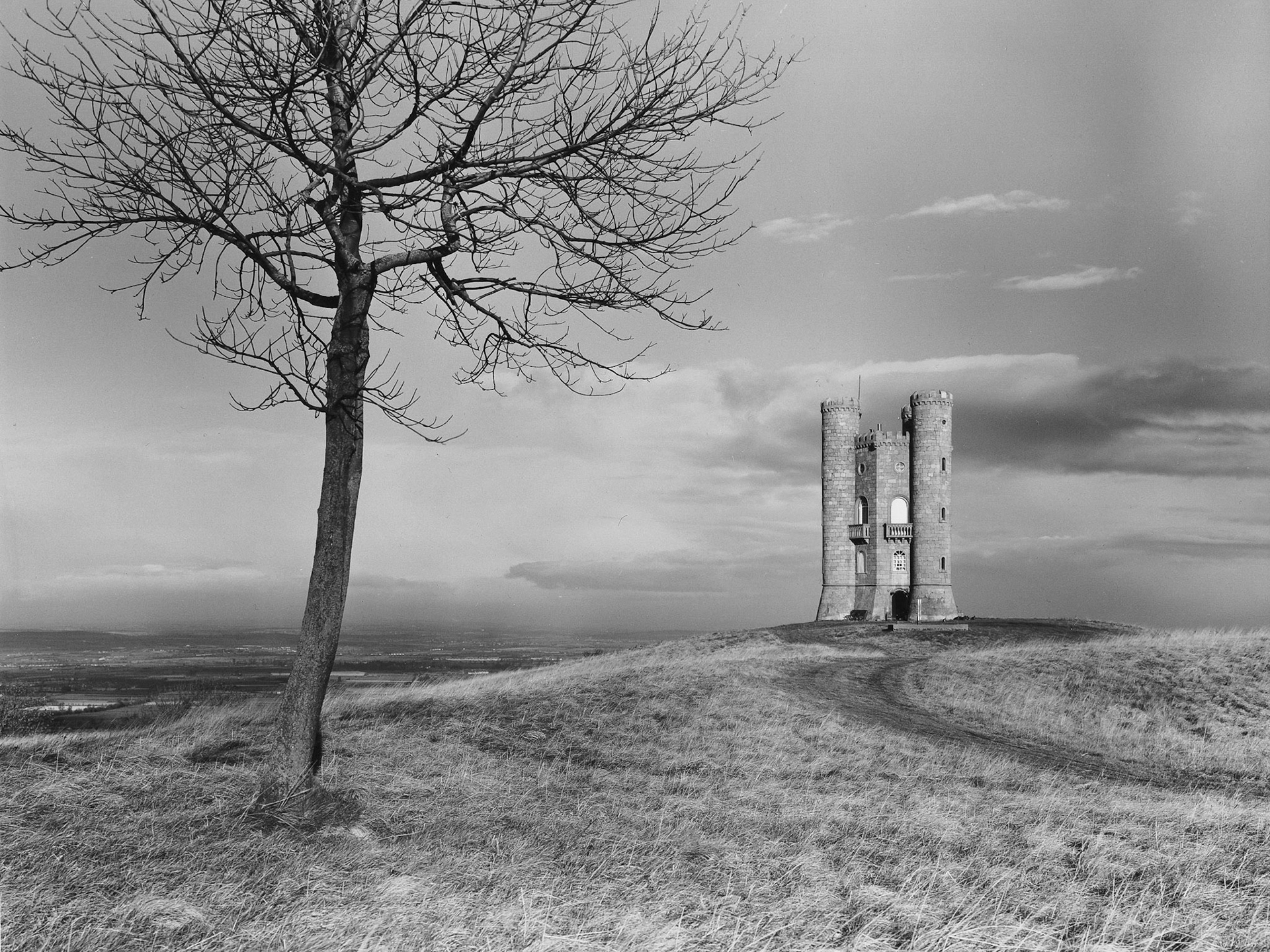As can be seen from AF Kersting's work, his scenes and viewpoints, perhaps around a building or monument of interest, are wonderfully ordered and neat, with for the most part an absence of people or cars. It is said he would often choose the quietest time of day to get his shots, and of course there is the inevitable lack of population and activity of, say, the 1950’s, compared with today. He would also find angles that seem these days to be almost impossible to achieve.
His mastery of composition and technique also stood in the way of me ever trying to emulate his photographs, and so my principle is to get approximately to his viewpoint, and to then take the shot whatever the activity or time of day. I deliberately include the tangle of modern street furniture and detritus, so obviously missing from Kersting’s viewpoints. And on many occasions I take the shot regardless of the multitudes of people milling about in the here and now.
Having said this, there are a surprising number of locations where very little has changed – these will typically be historic properties that are obviously being preserved to a greater or lesser extent.
My shots – the editing
As mentioned in the introduction, on some images I choose to wash away some of the colour of some elements - typically a building which is the main subject of a Kersing photograph. I do this to attempt to pick out in black & white this main subject to draw attention to it across the paired images.
I first adopted this idea in an assignment I did at the City Lit, where I followed re-enactors, otherwise known as living history enthusiasts. I would concentrate on WWII and WW1 “actors” and take colour shots of them in their poses, but wash them away to monochrome, just as we all remember the old images, but leave the surrounds and spectators in colour.
As I have worked through this project I have also used a colour profile that to a lesser extent reduces colour intensity across the whole image. And on other occasions, if I feel the full colour image is, of itself, sufficient to draw comparison Kersting's earlier scene, then I will use that.
The majority of my images were shot digitally, though in a nod to Kersting’s use of glass and film, I have also been using 35mm and 120 roll film. These are noted on the photographs caption.
linking the then-and-now images
Scanning the Kersting photographs in the bowels of Somerset House

